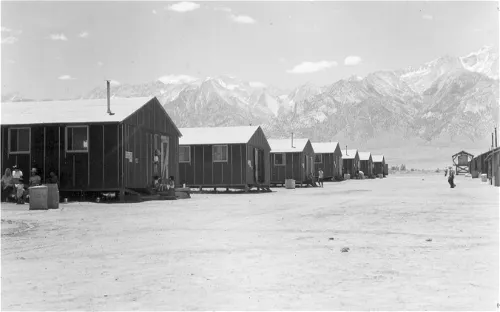Manzanar National Historic Site and its collection
Manzanar is recognized as the most well-known World War II Japanese-American internment camp in the United States. It was one among the ten camps that held over 110,000 prisoners. This historical site provides a glimpse into a significant period in American history, offering visitors an opportunity to learn about the experiences of Japanese-Americans during the war.
Location of Manzanar
Manzanar is situated at the foot of the Sierra Nevada in the Owens Valley in California. It is nestled between the towns of Lone Pine to the south and Independence to the north, approximately 370 km northeast of Los Angeles. The location offers a unique blend of natural beauty and historical significance, making it a worthwhile destination for visitors.
Preservation of Manzanar
The American National Park Service considers Manzanar as the best preserved of the former prisoner camps. It has been officially named the Manzanar National Historic Site. This recognition underscores the site's importance in preserving and presenting the history of Japanese-American internment during World War II to current and future generations.
History & Anthropology War Historic house










































